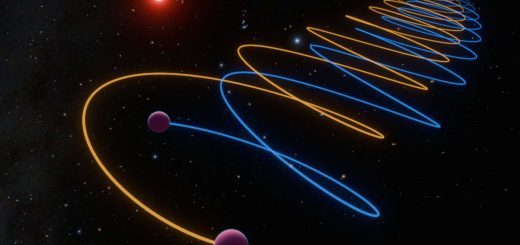Superconductor hopes dashed after journal retracts ‘red matter’ study
Nature has retracted the scientific paper that claimed earlier this year that the wonder material known as “red matter” was the world’s first room-temperature superconductor
By Alex Wilkins
8 November 2023
Attempts to recreate red matter under different pressures couldn’t replicate the material’s changing colour
Nanjing University
The scientific paper announcing the wonder material dubbed “red matter”, which researchers claimed earlier this year was the world’s first room-temperature superconductor, has been retracted by Nature. The retraction marks the end of a year-long saga over room-temperature superconductors, following the failed replications of LK-99, another material that held the promise of revolutionising electronics and drove an online frenzy.
Unlike LK-99, which was first published in the relatively little-known Journal of the Korean Crystal Growth and Crystal Technology, and took researchers by surprise, the work on red matter, or N-doped lutetium hydride, was published in Nature and came with the imprimatur of apparent scientific rigour.
Read more
'Demon' particle found in superconductor could explain how they work
Advertisement
But many people were still initially sceptical of the claims, both because of the singular nature of the material – there is no other superconductor that works at room temperature and low pressures – and the fact that one of the lead authors, Ranga Dias at the University of Rochester in New York state, had had a previous superconductor paper in Nature retracted in 2022.
Now, the red matter paper has been retracted. “There were very, very good reasons to doubt since the beginning about this paper,” says Lilia Boeri at the University of Rome in Italy. “I think it’s actually surprising that it took quite this long to retract this paper.”
Eight of the 11 authors have concerns over “the provenance of the investigated materials, the experimental measurements undertaken and the data-processing protocols applied”, they write in a note accompanying the retraction. These issues, they say, “undermine the integrity of the published paper”.


